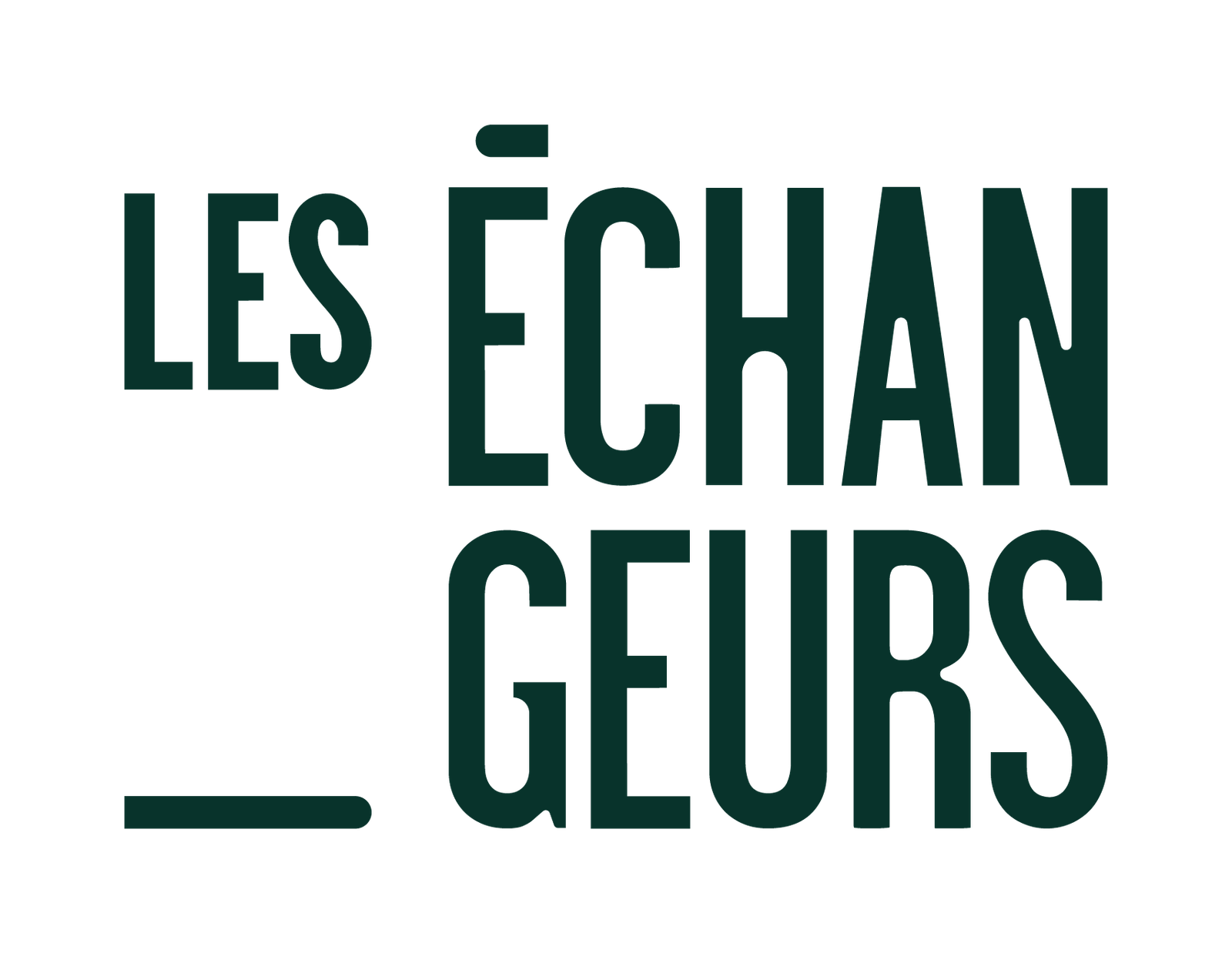Growing up as a lesbian, I was still trying to figure out what it meant to be one in our societyand had many questions about it—questions I felt I couldn’t ask anyone since I was still inthe closet. I found solace in movies, specifically in queer cinema, which provided a spacewhere I could begin to …
Growing up

Growing up as a lesbian, I was still trying to figure out what it meant to be one in our society
and had many questions about it—questions I felt I couldn’t ask anyone since I was still in
the closet. I found solace in movies, specifically in queer cinema, which provided a space
where I could begin to find answers to all the questions I had. Questions like: Who am I and what do I like? Is it normal? Can I find happiness and acceptance from the people I love and,
most importantly, from myself? Does it get better? Can I exist without fear?
It took me four years to come out about my sexuality to someone other than myself. Even
after that, I had to overcome my fears of acceptance from others, more than the fear of
accepting myself, thanks in part to the movies I had watched. Since I had been searching for answers in films and as a spectator, I was able to construct a plan for my life and hold on to
the hope that I would eventually figure it all out. It’s true that many popular queer films have
tragic endings or primarily explore the negative experiences that queer people endure.
I remember the winter break of my fifteenth year when I decided to watch everything related
to queer cinema. I still remember all those films because they helped shape who I am by
leading me to reflect on my own situation and gain some confidence. Although it might seem
obvious, queer cinema has been a voice and a platform through the decades for discussing
and sharing the love and lives of the LGBTQ+ community.
If I had to make a list of queer films that I constantly think about, I would definitely include:
Un chant d’amour, Jean Genet, 1950 – “Un chant d’amour” is a French short film where in
complete isolation, two prisoners, separated by thick brick walls and yearning for human
contact, come up with a remarkably unique method to live their desire.

Happy Together, Wong Kar-Wai, 1997 – This film follows the chaotic relationship between
two men who travel to Argentina seeking a fresh start. As their emotional struggles and
conflicting desires unfold, their bond becomes increasingly strained. Amidst their chaotic
journey, they confront the challenges of love and identity while trying to find their own paths.

Hedwig and the Angry Inch, John Cameron Mitchell, 2001 – This one is my favourite of the
list ! Is the story of Hedwig a transgender rock star from East Berlin navigating the
complexities of her identity and career. After a failed gender reassignment surgery and a
tumultuous relationship, Hedwig uses her music to confront her past and reclaim her identity. Through energetic performances and personal revelations, she seeks to find completeness and acceptance.

Madame Satã, Karim Aïnouz, 2002 – This movie depicts the life of João Francisco, a
charismatic drag queen and performer in 1930s Rio de Janeiro. Amidst the vibrant nightlife
and social upheaval, João navigates his complex identity, struggles with personal demons,
and challenges societal norms. Through his defiant spirit and resilience, he seeks to carve out
a place for himself in a world that often marginalizes him.

Portrait de la jeune fille en feu, Céline Sciamma, 2019 – This film intimately explores the
forbidden love between a portrait artist and her subject, a young woman facing an arranged
marriage in 18th-century France. As they secretly share their lives and passions, their
connection blossoms into a deeply emotional and transformative affair. Their brief but intense
romance is captured through the lens of art and memory, revealing the profound impact of
love and personal freedom.










